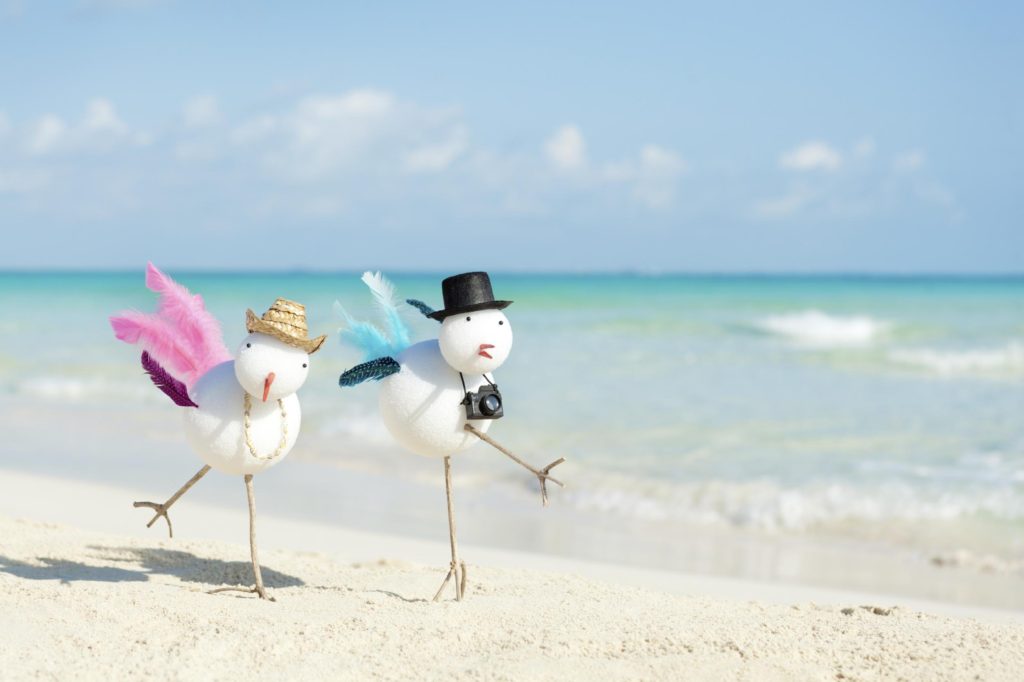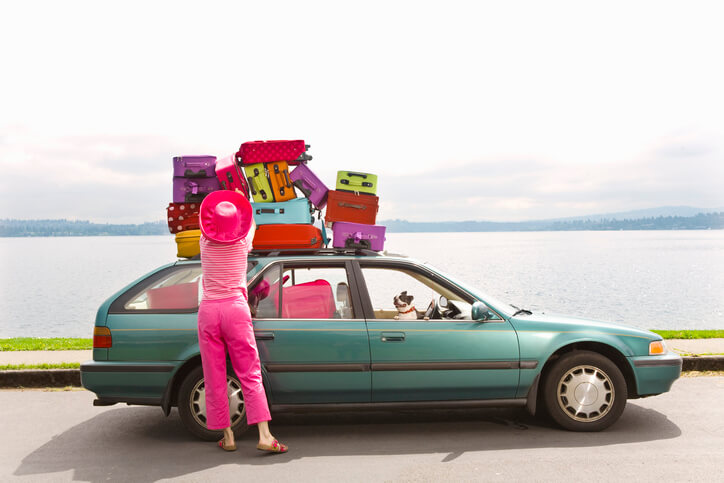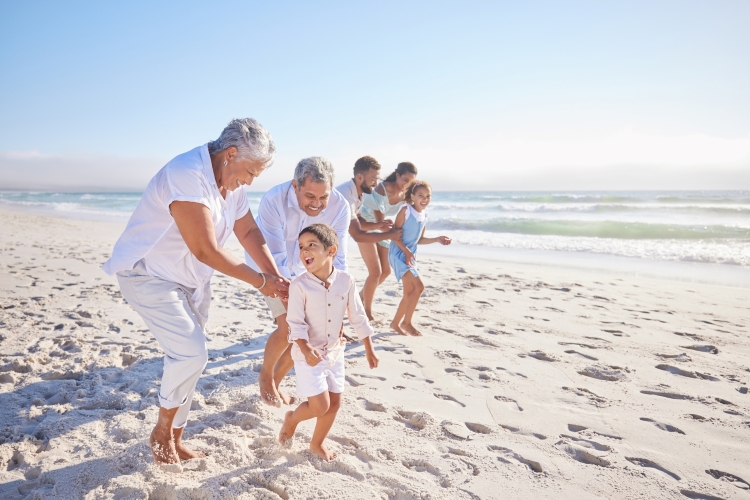If you’re considering flying (or driving) south for the winter, you’ve probably thought about whether to rent or buy, and how you’ll get to your warm-weather getaway. Another thing to consider: what to bring with you and how to pack it all. These practical packing tips for snowbirds include what to think about before you pack and what you absolutely mustn’t forget.
1. Bring Important Documents
Packing important documents is essential in case of emergency or simply to help clear up any of those little life problems that can arise anywhere. This includes:
- Insurance policies (health, car, home, rental, and any other insurance you have)
- Medical history and prescriptions (pharmacies may not fill those from unknown doctors, but having a copy will speed up the process if you seek local medical care).
- Anything relating to your home and your home away from home, including leases and utility company information.
Also make sure you have your bank cards and checkbook. If you’re traveling out of the country, don’t forget your passport, visa (if applicable), or other required ID.
Be sure to jot down the contact information for important people (e.g. your landlord, handyman, neighbors, doctor and dentist) in your winter location as well as back home.
2. Don’t Forget Chargers
Phones, laptops and camera are obviously important, but in the bustle of packing, don’t neglect the chargers, cords, extra batteries and adapters that keep your electronics going, especially if you’re traveling internationally. Yes, you can almost certainly buy replacements for these things, but it’s easier to avoid the inconvenience (and cost) by packing them in the first place.
Are you going to be without a car for a while? You may want to consider pausing your car insurance.
3. Know What’s Included
If you’re renting a house or condo, make sure you’re fully aware of what’s included before you show up. “Furnished” can mean different things to different people. Does your winter abode come with a coffee maker, a radio, cookware and bedding? Is there a washer and dryer in the unit, or in the apartment complex? If not, you’ll probably want to pack more clothing to extend the time between laundry days.
4. Consider the Culture
Especially when packing clothes, it matters whether you’re wintering in a very casual area where people walk around barefoot all day or a place where most social events take place at upscale resort hotels. It’s also important to think about how you’re realistically going to spend your time. At the beach, attending concerts and plays, out to dinner, playing pickleball or on nature walks?
If you’re leaving your home country for the winter, think about how the locals typically dress. You may or may not want to stand out as foreign and there may be different standards for what’s appropriate on various occasions. Even within the United States, your home state’s summer uniform may not look right in your new winter home, even if the temperatures are the same.
5. Consider the Weather
All heat is not created equal. Whether you’re heading for humid Florida or dry Arizona, research the average weather patterns of your destination to find out whether the high temperatures drop low at night (meaning you’ll want a sweater) or whether afternoon downpours will demand rubber boots and a sturdy umbrella.
6. Remember Your Travel Essentials
If you’re getting to your destination by car or RV, all the rules of a road trip apply. As excited as you may be, don’t drive distracted and avoid drowsy driving. Be sure you’re comfortable driving at night, if you need to.
Pack little travel necessities like plastic bags (for dirty laundry, trash, protecting delicate items from the rain and separating wet shoes from dry items in your luggage).
Also bring basic first aid items like bandages and painkillers. And add anything else that you personally require for a comfortable journey, such as antiseptic hand wipes, a neck pillow or a shawl.
No matter where you are, it’s always important to be prepared if you need to evacuate in case of an emergency.
7. Make a List
Start keeping a running list at least a few weeks before you leave, if not a month or more. On it, jot down anything that comes to your mind when you’re consciously or unconsciously thinking about your winter home. This way, when the time comes to pack, you’ll already have done most of the mental preparation and packing will simply be a matter of collecting everything you need.
8. Plane, Car or RV?
Obviously, your method of travel will greatly affect what you bring.
If you’re driving your own car, you can bring as much as will fit, although packing light will make your trip easier. If you’re spending the winter in your RV, you’ll need to pack everything that comprises a mini-household.
Regardless of how you get there, check in with your auto insurance company before you head to your snow-free save haven. You might need to update your address while you’re away so that you don’t miss any important information.
Flying limits the amount you can take with you, unless you’re willing to pay extra or planning to ship boxes to yourself. If you’re bringing a lot of clothes or linens, look into vacuum sealed storage bags, which can greatly reduce the space bulky items take up.
9. Research Shopping Options
Before you leave, find out what you can and cannot purchase near your new place. The list of toiletries, food and everyday supplies you need to bring with you will vary widely depending on whether you’ll be staying on a remote island or in an urban area with many drugstores and supermarkets. If there are any rare or locally produced items you can’t live without, you may have to bring them too.
10. Pack Up Your Hobbies
Whether you’ll be passing your time in the same ways you do at home or using your new location as an opportunity to try out different hobbies and entertainment options, figure out what supplies you’ll need to bring with you. It may be that equipment can be easily rented or bought where you’re heading, but if not, you’ll have to pack your own.
Also think about whether you’ll want specific books or an e-reader, or if what’s available at the local bookstore or library will suffice. The same goes for art or craft supplies and kitchen gadgets.
Final Step: Enjoy Your Migration
In a sense, living a snowbird lifestyle combines the best and (sometimes) worst aspects of both moving and traveling. Being prepared before you start to pack will allow you to fully enjoy the change of scenery and the warmth of your winter home.![]() Happy travels!
Happy travels!






